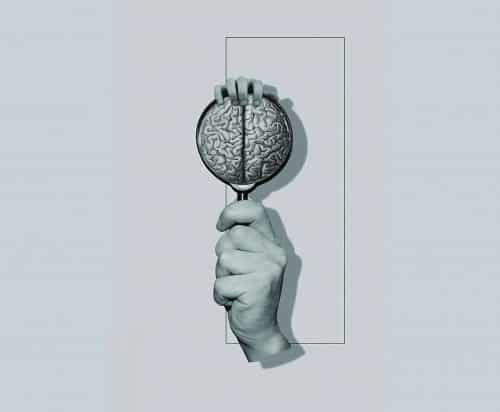Scrolling may work for social media, but experts say that for school assignments, kids learn better if they slow down their reading.
In this pandemic year, parents have been watching — often anxiously — their children’s increasing reliance on screens for every aspect of their education. It can feel as if there’s no turning back to the time when learning involved hitting the actual books.
But the format children read in can make a difference in terms of how they absorb information.
Naomi Baron, who is professor emerita of linguistics at American University and author of a new book, “How We Read Now: Strategic Choices for Print, Screen and Audio,” said, “there are two components, the physical medium and the mind-set we bring to reading on that medium — and everything else sort of follows from that.”
Because we use screens for social purposes and for amusement, we all — adults and children — get used to absorbing online material, much of which was designed to be read quickly and casually, without much effort. And then we tend to use that same approach to on-screen reading with harder material that we need to learn from, to slow down with, to absorb more carefully. A result can be that we don’t give that material the right kind of attention.
For early readers
With younger children, Professor Baron said, it makes sense to stick with print to the extent that it is possible. (Full disclosure: As the national medical director of the program Reach Out and Read, I believe fervently in the value of reading print books to young children.) Print, she said, makes it easier for parents and children to interact with language, questions and answers, what is called “dialogic reading.” Further, many apps and e-books have too many distractions.
Dr. Jenny Radesky, a developmental behavioral pediatrician who is an assistant professor of pediatrics at Michigan Medicine C.S. Mott Children’s Hospital in Ann Arbor, said that apps designed to teach reading in the early years of school rely on “gamification meant to keep children engaged.” And though they do successfully teach core skills, she said, “what has been missing in remote schooling is the classroom context, the teacher as meaning maker, to tie it all together, helping it be more meaningful to you, not just a bunch of curricular components you’ve mastered.”
Any time that parents are able to engage with family reading time is good, using whatever medium works best for them, said Dr. Tiffany Munzer, also a developmental behavioral pediatrician at Mott Children’s Hospital, who has studied how young children use e-books. However, Dr. Munzer was the lead author on a 2019 study that found that parents and toddlers spoke less overall, and also spoke less about the story when they were looking at electronic books compared with print books, and another study that showed less social back-and-forth — the toddlers were more likely to be using the screens by themselves.
“There are some electronic books that are designed really well,” Dr. Munzer said, pointing to a study of one book (designed by PBS) that included a character who guided parents in engaging their children around the story. “On the other hand, there’s research that suggests that a lot of what you find in the most popular apps have all these visually salient features which distracts from the core content and makes it harder for kids to glean the content, harder for parents to have really rich dialogue.”
Still, she said, it’s not fair to expect parents to navigate this technology — it should be the job of the software developers to design electronic books that encourage language and interactions, tailored to a child’s developmental level.
With preschoolers as opposed to toddlers, Professor Baron said, “there are now beginning to be some smarter designs where the components of the book or the app help further the story line or encourage dialogic reading — that’s now part of the discussion.”
Editors’ Picks
Dr. Radesky, who was involved in the research projects with Dr. Munzer, talked about the importance of helping children master reading that goes beyond specific remembered details — words or characters or events — so a child is “able to integrate knowledge gained from the story with life experience.” And again, she said, that isn’t what is stressed in digital design. “Stuff that makes you think, makes you slow down and process things deeply, doesn’t sell, doesn’t get the most clicks,” she said.
Parents can help with this when their children are young, Dr. Radesky said, by discussing the story and asking the questions that help children draw those connections.
For school-age kids
“When kids enter digital spaces, they have access to an infinite number of platforms and websites in addition to those e-books you’re supposed to be reading,” Dr. Radesky said. “We’ve all been on the ground helping our kids through remote learning and watching them not be able to resist opening up that tab that’s less demanding.”














